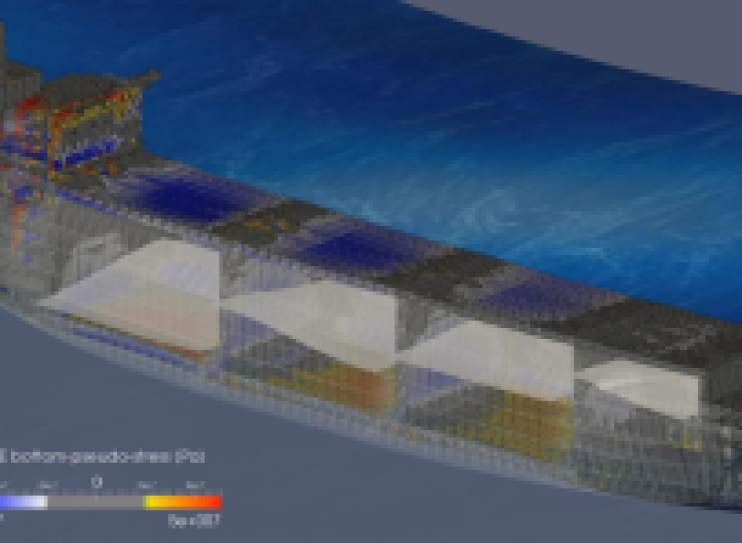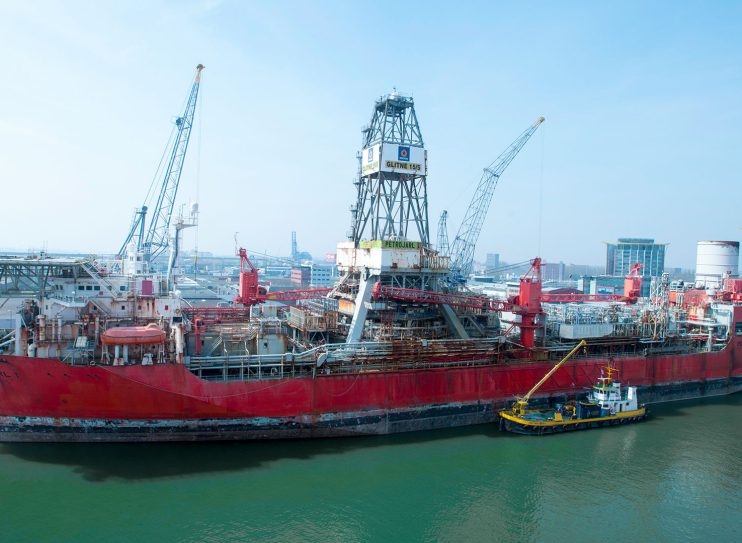
A unique tool to manage hull structural integrity

The structural integrity of ships and floating units for operations at sea is a basic prerequisite for successful operations.
Application of advanced hydro-structural techniques in an early phase of conversion, life-extension or redeployment projects allows more realistic assessment of the hull condition. This allows the utilisation of structural reserves while identifying weak areas that require an update. A typical example where such techniques can pay off is the redeployment of FPSO’s, but the technique can also be applied to other offshore units such as FLNG units and possible floating energy conversion facilities, for instance for the production of hydrogen.
An approach for ship conversion and lifetime extension.
Nevesbu has developed a hydro-structural approach for ship conversion and lifetime extension projects, which provides proper insight to assess whether a FPSO, for example, fits the field and the extent of structural work required to fit the field. The tendency across the industry is to extend the lifetime of high value assets as much as possible. The value of the asset is typically governed by the processes on board, while the hull is just keeping the assets afloat. Some typical examples are drilling vessels, pipelay vessels, heavy lift vessels, but also military vessels. All of which have shown to exceed the typical lifetime of thirty years.


Coupling between hydrodynamics and structural analysis
Coupling between hydrodynamics and structural analysis is what makes Nevesbu’s method unique. Nevesbu has developed a method for mapping the response of ships and offshore structures with direct link to the FE (Finite Element) analysis, in order to accurately account for specific environmental conditions. It goes without saying, that once a marine structure is at sea, it should remain intact and be able to properly and safely operate over its entire life time. Therefore, our goal is to ensure that global structural strength, as well as local structural details, are capable of withstanding operational and environmental loads, whilst balancing these requirements against economic and environmental emission-driven demands calling for lighter and more efficient structures and structural arrangements.
Would you like to know more about Nevesbu’s floating offshore energy services and experience? Albert will be pleased to tell you more.
